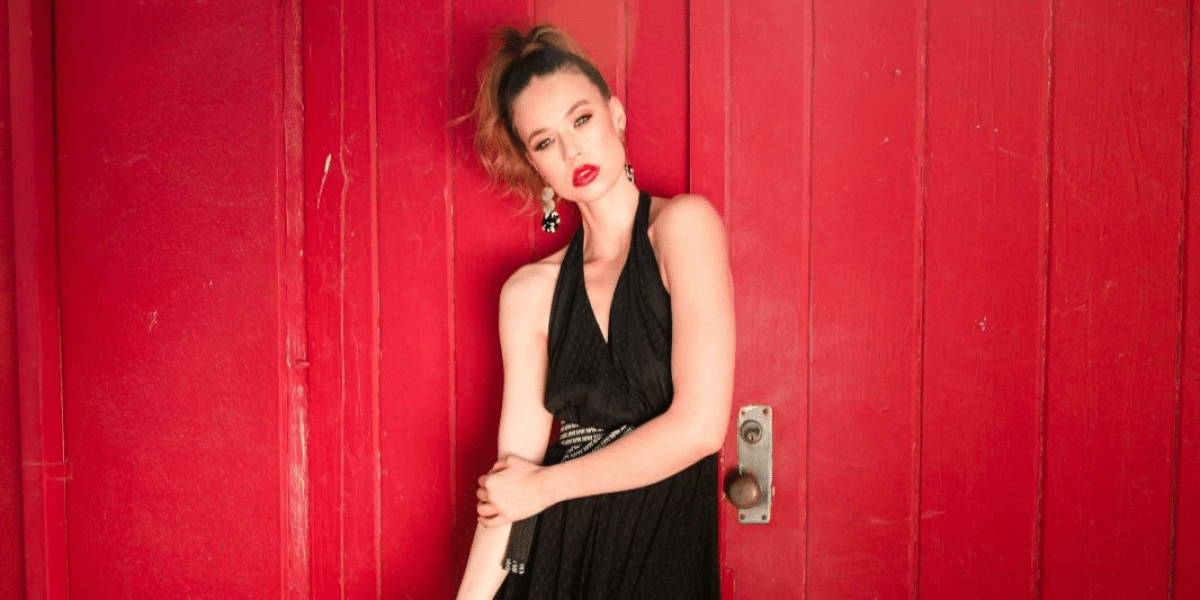Red is a color that commands attention. Bold, vibrant, and full of energy, it has captivated artists, designers, and creatives across cultures and centuries. From fiery sunsets to crimson roses, the color red has long been associated with passion, power, and vitality. In this exploration of the appeal of the color red, we delve into its cultural significance, psychological impact, and timeless allure.
Cultural Significance
The color red holds deep cultural significance in many societies around the world. In some cultures, it is associated with luck, prosperity, and good fortune, while in others, it symbolizes love, desire, and passion. For example, in Chinese culture, the color red is traditionally associated with happiness and celebration, and it is often worn during weddings and other auspicious occasions. Similarly, in Western cultures, red is often associated with love and romance, as well as with power, courage, and vitality. This rich tapestry of cultural associations has contributed to the enduring appeal of the color red, making it a symbol of strength, passion, and positivity.
Psychological Impact
The color red also exerts a powerful psychological impact on the human mind and emotions. Studies have shown that exposure to the color red can increase heart rate, stimulate appetite, and evoke strong emotional responses. It is often used in advertising and marketing to grab attention and create a sense of urgency or excitement. In addition, red is often associated with danger and warning, as seen in traffic lights, stop signs, and emergency exit signs. This dual nature of the color red—as both a symbol of passion and power and as a signal of caution and danger—adds to its psychological intrigue and allure, making it a potent force in visual communication and expression.
Symbolism and Representation
In addition to its cultural and psychological significance, the color red is also rich in symbolism and representation. In art and literature, red is often used to symbolize love, desire, and passion, as well as anger, aggression, and violence. It is also associated with concepts of vitality, energy, and life force, as seen in the vibrant red hues of blood and fire. Moreover, red is often used symbolically to represent political ideologies, social movements, and cultural identities. For example, the red flag has long been a symbol of socialism and communism, while the red rose is a symbol of love and revolution. This multiplicity of meanings and associations makes the color red a versatile and evocative tool for artists and creators seeking to convey complex ideas and emotions.
Fashion and Design
In fashion and design, the color red is a perennial favorite, prized for its ability to make a bold statement and leave a lasting impression. Whether it’s a classic red dress, a vibrant red lipstick, or a striking red accent piece, the color red adds a touch of drama and allure to any ensemble. In interior design, red is often used to create a sense of warmth, energy, and intimacy, particularly in spaces where people gather and socialize. From red carpets to red walls, the color red adds a sense of glamor and sophistication to any environment, elevating the mood and stimulating the senses.
The Power of Subtlety
While the color red undoubtedly holds a strong appeal for many, some argue that its boldness and intensity can be overwhelming or off-putting. They contend that subtler shades and softer hues may be more appropriate for certain contexts, allowing for greater versatility and adaptability in design and expression. According to this perspective, the allure of the color red lies not in its boldness or vibrancy, but in its ability to evoke a wide range of emotions and associations, from passion and power to warmth and vitality. In an age where subtlety and nuance are increasingly valued, it is important for designers and creators to explore the full spectrum of colors and consider the unique emotional impact of each hue.
In conclusion, the appeal of the color red is multifaceted and enduring, rooted in its cultural significance, psychological impact, symbolism, and representation. From its association with luck and love to its ability to stimulate the senses and make a bold statement, the color red holds a special place in the human imagination and creative expression. Whether it’s in fashion, design, art, or everyday life, the color red continues to captivate and inspire, reminding us of the power of color to evoke emotion, stimulate the senses, and enrich the human experience.







